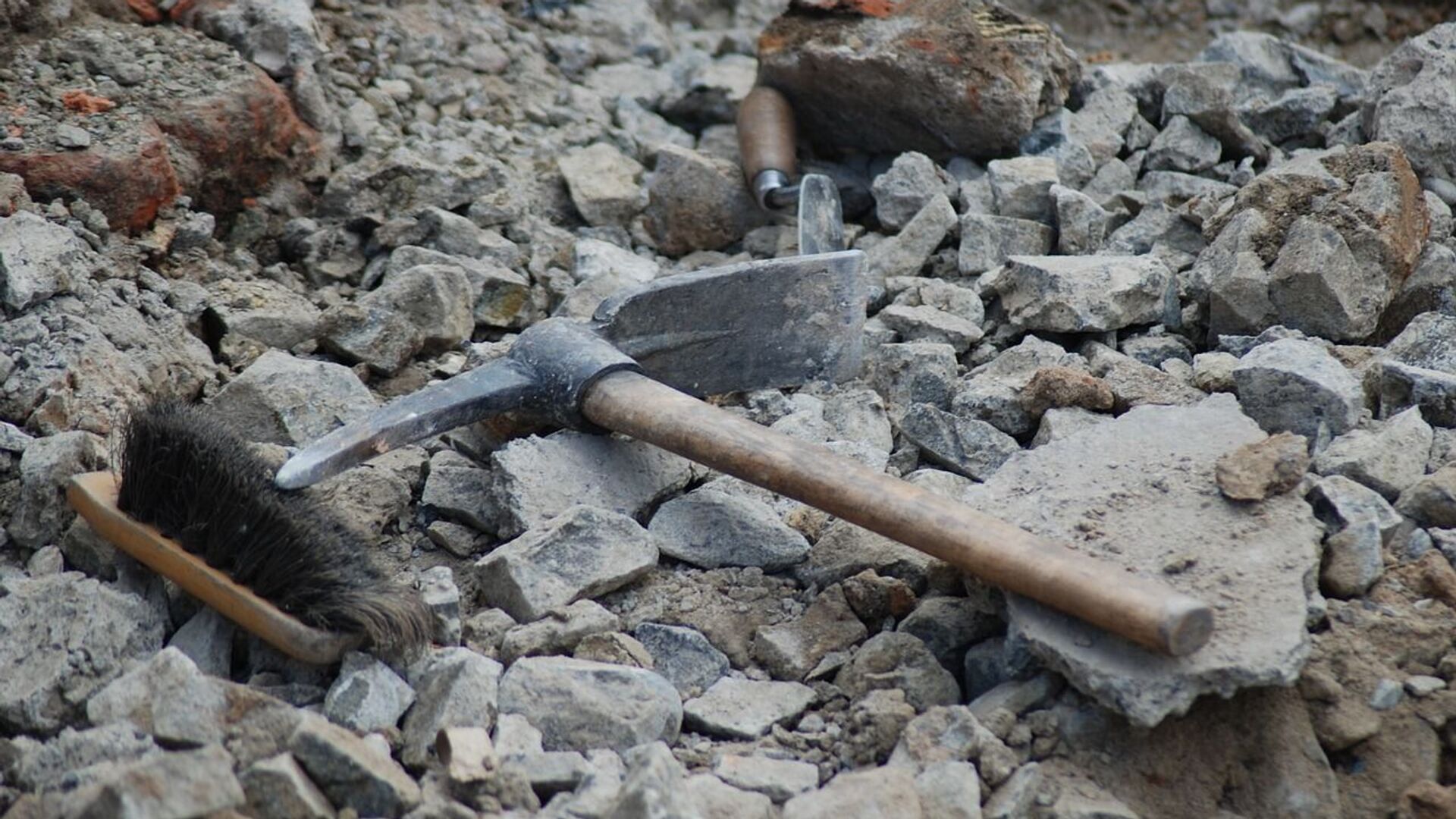Second-Ever Skeleton From the Battle of Waterloo Has Been Found, Archaeologists Reveal
02:02 GMT 14.07.2022 (Updated: 20:16 GMT 19.10.2022)

CC0 / /
Subscribe
The Battle of Waterloo took place in Belgium in 1815 and was the decisive battle of the Napoleonic wars, ending Napoleon Bonaparte’s conquest of Europe. It involved Napoleon’s forces and a coalition of European states led by British commander, the Duke of Wellington, and Prussia’s Marshal von Blücher.
The remains of a soldier killed at the Battle of Waterloo have been found in an extremely rare archaeological discovery.
This new finding included the remains of three horses and amputated limbs; it also included the second-ever full skeleton discovered from Waterloo, more than 200 years after the battle was fought.
According to war service records, at least 3,500 Anglo-Allied forces and 24,000 French forces were killed outright in the battle, to go along with thousands more injured or missing. But very few remains and no mass graves have been found, leading archaeologists to wonder: “What happened to all the bodies?”
The prevailing theory is that grave robbers collected the bones, ground them up, and used them as fertilizer. Bonemeal was the most popular form of fertilizer in Europe at the time, until superphosphates were discovered a few decades later.
July 13, 2022 Report: Skeletons of soldiers who died at the Battle of Waterloo in Belgium in 1815 have been unearthed by archaeologists. #Discovery #Belgium #Today #PR pic.twitter.com/VfDK8j2lQ1
— Amir Alhaj | ASM | International PR Consultant (@AmirAlhaj_ph) July 13, 2022
The dig, which is ongoing until July 15, was run by Waterloo Uncovered, a charity that brings soldiers and archaeologists together to search old battlefields for remains and historical finds. Using the soldiers’ expertise, they were able to determine the grave was not a hastily built burial site, but an organized operation, contradicting reports that were written shortly after the battle.
The group found amputated limbs at the site in 2019, leading to further investigation of the area.
“The full skeleton changes the way we see this deposit, before it was trash from the hospital. Now we can see they dug this big pit,” Veronique Moulaert, a Belgian archaeologist told The Telegraph. “They used quite an organization - the horses are on one side, the limbs in the middle and on the other side the entire skeleton.”
The remains were found behind Mont Saint-Jean farm, which served as a field hospital for Wellington’s forces.
Experts say it is too early to tell the nationality of the remains, but since the skeleton still has its teeth, they hope they will be able to determine his identity in the future.


